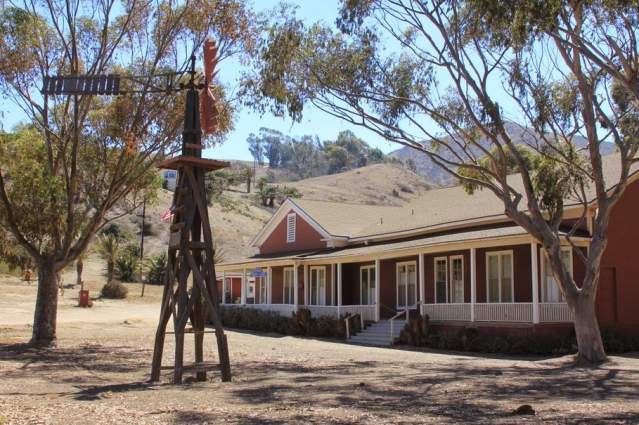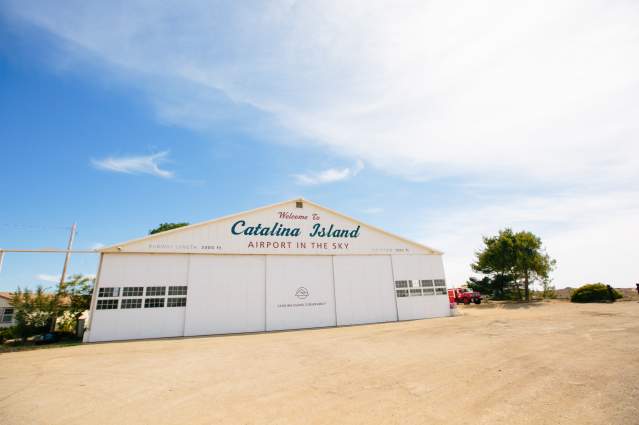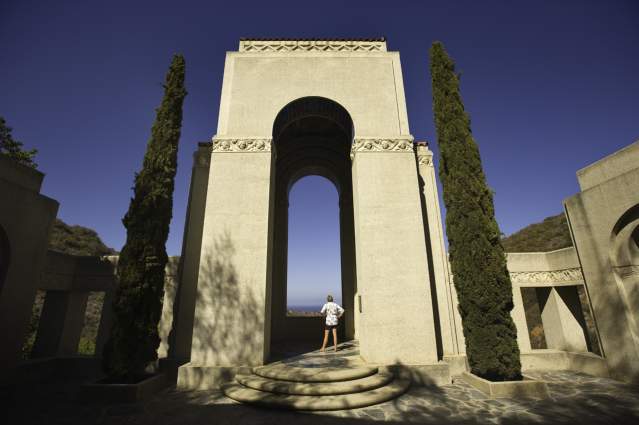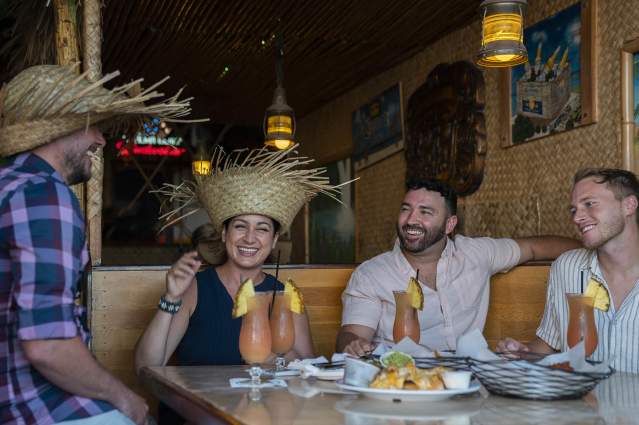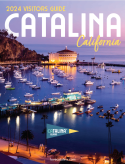Catalina Island Hotels and Avalon Streets – Origin of Names
After Santa Catalina Island became part of the United States in 1846, it went through many different owners, some of whom never even came to the island. It was not until 1887 that a gentleman originally from Ohio, and owner of a department store in Grand Rapids, Michigan, purchased the island from the Trustees of the James Lick Estate, and became the first owner to recognize the island’s potential for tourism.
His name was George Rufus Shatto. He arrived on the island with his real estate agent Charles Sumner and the two of them chose the site on which to build the original Hotel Metropole. That same year the firm of Pillsbury & Cleveland surveyed the town which had been known as Johnston’s Harbor and then Timm’s Landing. The name was now giving way to Shattoville, Shatto Harbor, Town of Shatto, Shatto City and other variations. When George Cleveland, one of the surveyors, made up the first map he put “Shatto” for the name of the town and “Shatto Harbor” for the bay. When George Shatto saw the map he told Mr. Cleveland that he did not want the town named after him. Shatto’s sister-in-law, Etta Whitney, was reading Alfred Lord Tennyson’s poem “Idylls of the King,” the telling of the legend of King Arthur. In the poem, King Arthur is wounded in battle and takes himself to the Isle of Avalon (the poem spells it Avilion). He then describes this perfect island where he will heal. Etta Whitney suggested that the town be named “Avalon” and Shatto agreed. George Cleveland’s map was changed to the Town of Avalon. It wasn’t until 1913 that Avalon was incorporated and became the City of Avalon.
Hotel Names
The first hotel was named The Metropole, with metropole meaning the “center of hospitality” and dates from 1888. Hotel Atwater, which opened July 1, 1920, was one of William Wrigley Jr.’s first projects. Atwater was the maiden name of Wrigley’s daughter-in-law Helen. Helen’s father was a vice president with the Wm. Wrigley Jr. Company. Mt. Ada is named for Ada Wrigley, William Wrigley Jr.’s wife and was their island home until 1958. The Pavilion Lodge was built in the 1950’s on the site where the Banning Brothers (owners of the island prior to the Wrigley's) had built a dance pavilion. The Lodge became the Pavilion Hotel, it faces onto Crescent Avenue, which became Avenida de Crescenta in the 1930’s under Philip Wrigley’s instruction to create the avenue in a Spanish Colonial style. The Serpentine Wall, El Encanto (now Island Spa Catalina), Sombrero Fountain, Wrigley Fountain, the Via Casino Archway and generous use of Catalina Tile were all part of the new look designed by artists Otis and Dorothy Shepard.
Street Names
Shatto sold lots through Charles Sumner but made sure everything sold was at least ten feet back from the high tide mark of the bay, making sure that he kept control over the waterfront. One of the first streets to be named was Sumner Avenue, after Shatto’s realtor, Charles Sumner, who also held the title of “Island Manager.” Claressa Avenue was named for Shatto’s wife, Clara; Claressa being her affectionate nickname in Spanish. Clara Shatto’s brother and wife, Edwin, John Whitney and Etta Marilla Tichnor Whitney, moved to the island to oversee the building of Avalon on Shatto’s behalf. Edwin’s title was Island Superintendent. Marilla Avenue resulted from Etta’s middle name and, as mentioned above, Etta was the one to name the town Avalon. Whittley and East Whittley were named for Frank Whittley, Jr., a sheep and cattle baron who was strongly established on the island. Whittley, whose family first came to the island in 1850, held island leases from the James Lick Trust. Whittley had been a tremendous help to Shatto when he first purchased the island, and later became a close personal friend. Hiawatha was named after the chief of the Osceola tribe in Michigan. Shatto, a resident of Michigan, was fond of the Henry Wadsworth Longfellow story “Song of Hiawatha” and named the street after the chief. Vieudelou is French for "view of the ocean." Boston was Shatto’s favorite city and in honor named two streets after famous Boston Streets: Beacon Street and Tremont Street. Maiden Lane was in honor of San Francisco’s famous Maiden Lane, off Union Square. Third Street (without a First or Second Street) was most likely the third row of tents when Shatto first arrived on the island and Avalon was a “tent city.”
Other streets that appear on the survey map but never came to be were: Osceola Avenue, Minnehaha, Elisabeth, Irvin and Templeton.
In addition to the above, Islanders have always had fun describing our unique island peculiarities as: a Casino without gambling, a mausoleum where no one is buried, a Bird Park without birds, Three Palms with no palm trees, a Rose Garden without roses, army barracks without soldiers and a Post Office without mail delivery. We also have fish that fly and birds that swim. You can’t get more unique than that.
Explore the Island
51st Annual New Year’s Eve Gala Celebration
Reservations are On Sale!
A sparkling night of evening gowns, tuxedos, champagne, dining and dancing on Tuesday, December 31 in the world-famous Casino Ballroom.





